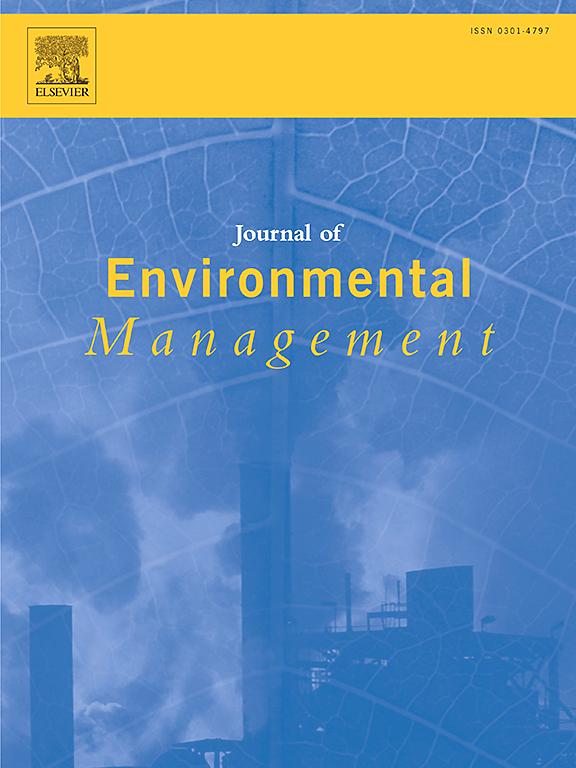Tell me where you go, and I'll tell you where you die: landscape connectivity as a tool to predict amphibian roadkill risk
IF 8
2区 环境科学与生态学
Q1 ENVIRONMENTAL SCIENCES
引用次数: 0
Abstract
Human overpopulation, development, and consequent activities such as land conversion and linear infrastructure expansion, are currently some of the main threats to biodiversity. Amphibians are especially affected because they depend on both aquatic and terrestrial habitats to complete their life cycles, which can be negatively impacted by roads, due to reduced landscape connectivity. Understanding animal movement across the landscape may improve the prioritisation of sites to implementing mitigation measures. We assessed landscape connectivity using circuit theory, for two amphibian species (the Iberian spadefoot toad and the Iberian ribbed newt) on a Mediterranean landscape in Southern Portugal. We addressed the following question: Can landscape connectivity predict amphibian roadkill risk? Our connectivity models assigned higher current movement corridors to heterogeneous habitats composed of sparse forests combined with low-management agricultural areas and good networks of higher-density water bodies. We found a positive correlation between high-connectivity road segments and roadkill for both species, proving that landscape connectivity can be a valuable tool to predict locations with higher roadkill probability.
We acknowledge that maintaining a heterogeneous landscape, with a higher density of short-distance water bodies that connect highly suitable habitats is important for amphibians. The identification of corridors with increased amphibian movement probability provides useful insights for road agencies to implement amphibian-oriented roadkill mitigation measures.
求助全文
约1分钟内获得全文
求助全文
来源期刊

Journal of Environmental Management
环境科学-环境科学
CiteScore
13.70
自引率
5.70%
发文量
2477
审稿时长
84 days
期刊介绍:
The Journal of Environmental Management is a journal for the publication of peer reviewed, original research for all aspects of management and the managed use of the environment, both natural and man-made.Critical review articles are also welcome; submission of these is strongly encouraged.
 求助内容:
求助内容: 应助结果提醒方式:
应助结果提醒方式:


